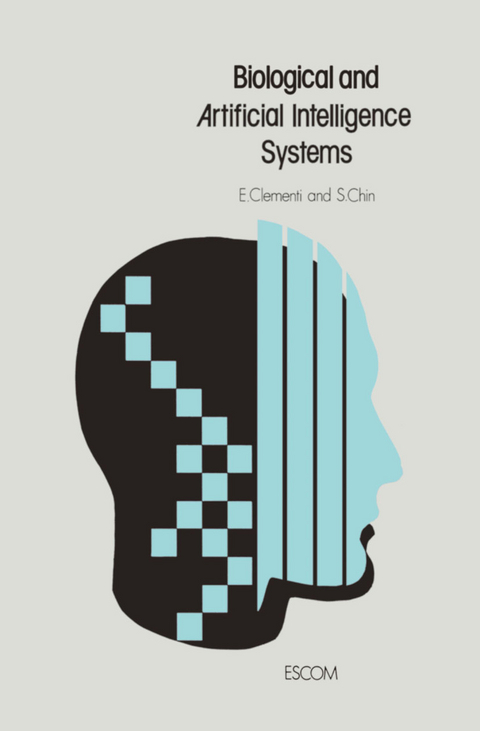
Biological and Artificial Intelligence Systems
ESCOM Science Publishers,The Netherlands (Verlag)
978-90-72199-02-7 (ISBN)
I. Biological Systems: Proteins.- Approaches to the Multiple-Minima Problem in Conformational Energy Calculations on Polypeptides and Proteins.- Protein Dynamics and Function.- Brownian Motions in Molecular Networks.- Fluorescence of Tryptophan and Protein Dynamics.- Structural Studies of Unfolded and Partly Folded Proteins Using NMR Spectroscopy.- Protonic Percolation in Biomaterials.- II. Biological Systems: DNA.- DNA Conformational Studies by IR and Raman Spectroscopies.- Minihairpin Loops in DNA: Experimental and Theoretical Studies.- Imaging Biopolymers Under Water by Scanning Tunneling Microscopy.- Structural Information in Deterministic Fluctuations of Base Sequences in DNAs. Theoretical Prediction of DNA Superstructures.- Conformational Behavior and Water Shells of Different DNA Duplexes. Computer Simulation and Biological Significance.- III. Bridge from Biological to Artificial Intelligence Systems.- Electronic Devices from Molecules: Overview, Prospects and Theoretical Chemistry.- A Theoretical Approach to Highly Conducting and Non-linear Optically Active Polymers.- Towards Unified Natural Science.- Evolutionary Adaptation to a Real and an Artificial World.- IV. Artificial Intelligence Systems: Parallel Computers.- Programming Generality and Parallel Computers.- The Warp Computer: A Cost-Effective Solution to Supercomputing.- Supercomputing and Super Computers: for Science and Engineering in General and for Chemistry and Biosciences in Particular.- Experiences with Computers of Highly Parallel Architectures.- Machines, Languages and Compilers for Parallel Symbolic Computing.- V. Artificial Intelligence Systems: Pattern Recognition.- Computer Vision.- Pattern Recognition by Statistically-Coupled Processors with Hierarchy.- A Single-chip Image Sensor and Processor: A Strategic Project.- Integrated Vision Project on the Computer Network.- VI. Artificial Intelligence Systems: Voice Recognition.- Associative Coding and The Perception of Speech.- Experiments With the Acoustic Processor of A Hidden Markov Model-Based, Large Vocabulary Speech Recognition System.- A Statistical Approach to French/English Translation.- VII. Artificial Intelligence Systems: Robotics.- Theoretical and Experimental Perspectives on Arm Trajectory Formation: A Distributed Model of Motor Redundancy.
| Erscheint lt. Verlag | 30.9.1988 |
|---|---|
| Zusatzinfo | XXIV, 584 p. |
| Verlagsort | Dordrecht |
| Sprache | englisch |
| Maße | 155 x 235 mm |
| Themenwelt | Informatik ► Grafik / Design ► Digitale Bildverarbeitung |
| Naturwissenschaften ► Biologie | |
| Naturwissenschaften ► Chemie ► Organische Chemie | |
| Naturwissenschaften ► Chemie ► Physikalische Chemie | |
| Technik ► Maschinenbau | |
| ISBN-10 | 90-72199-02-2 / 9072199022 |
| ISBN-13 | 978-90-72199-02-7 / 9789072199027 |
| Zustand | Neuware |
| Haben Sie eine Frage zum Produkt? |
aus dem Bereich


